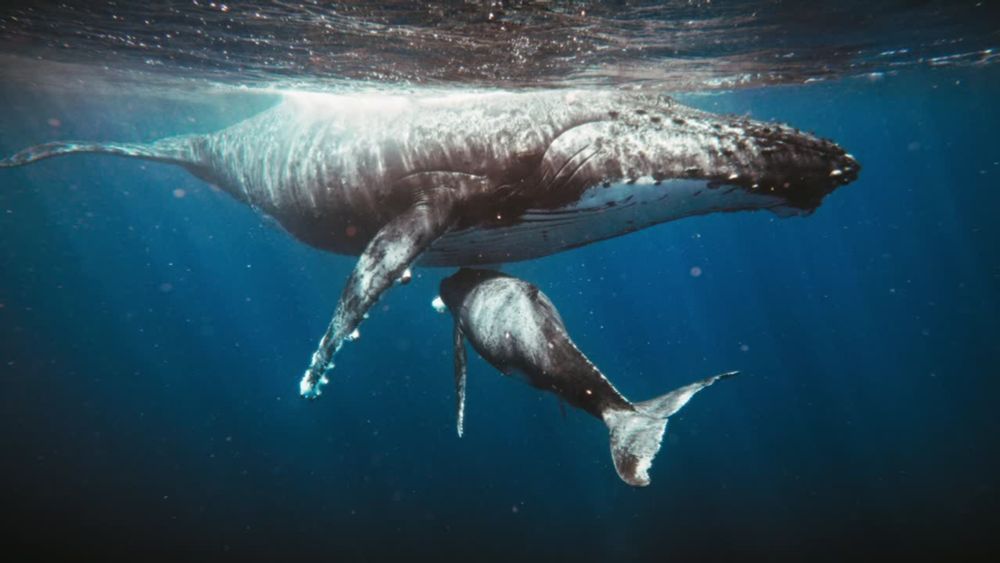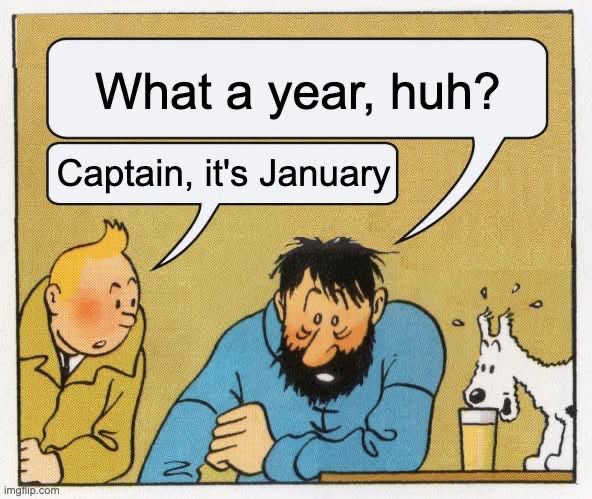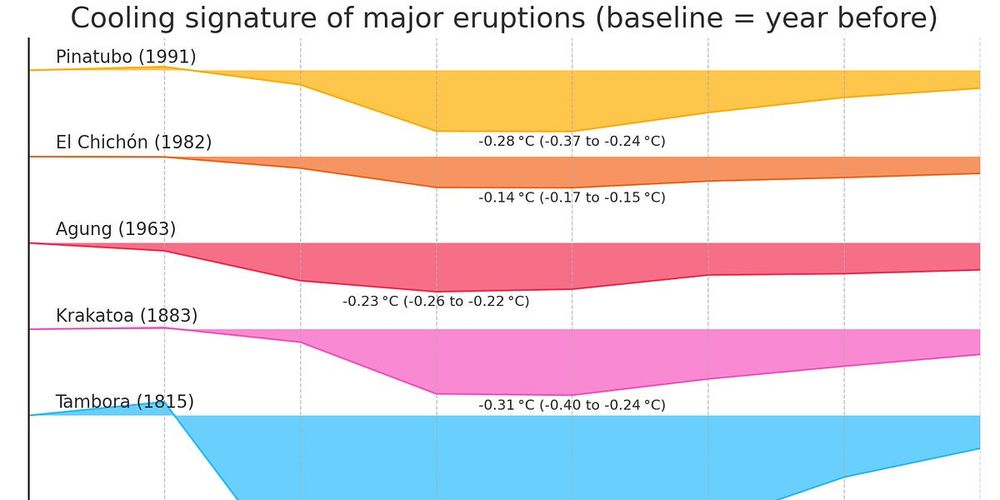by Felix Riede
by Felix Riede
by Felix Riede — Reposted by: Andrew Curry
Reposted by: Felix Riede, Aidan O’Sullivan
Dating back ~13,000 years, it questions the long-held belief that Palaeolithic artists only used red or black and indicates a more vibrant Ice Age world than previously imagined
Read the original research in Antiquity 🆓 doi.org/10.15184/aqy...
🏺 #Archaeology
by Felix Riede
Very proud to share our new research on the OLDEST use of blue pigment! We identified traces of azurite - a vibrant blue mineral - on a stone object around 14-13,000 years old. Why is this so exciting? 👇🏺
doi.org/10.15184/aqy...

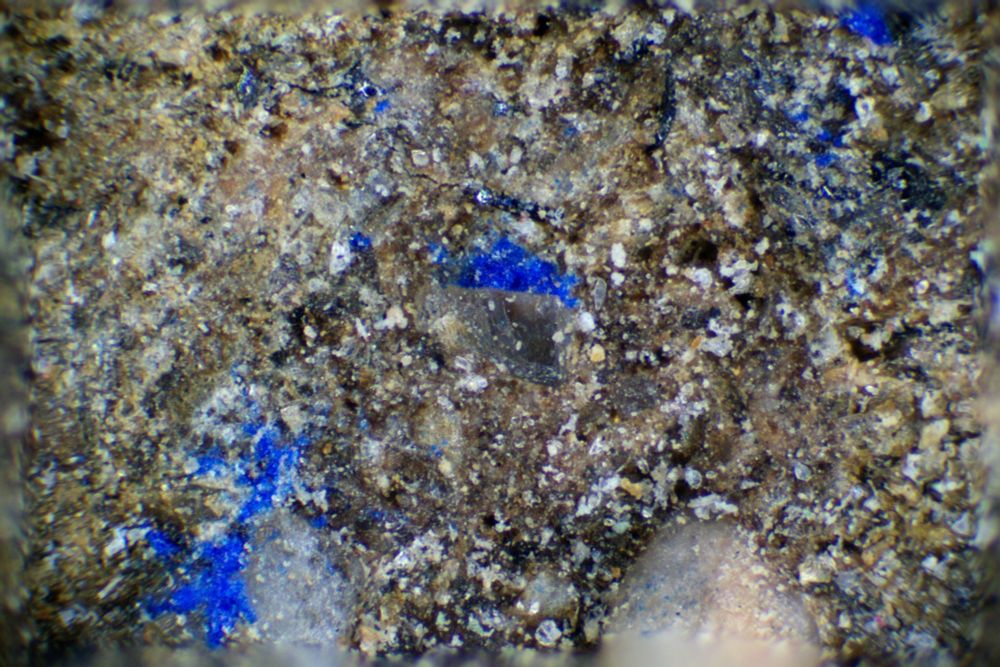
Reposted by: Felix Riede
Reposted by: Felix Riede

Reposted by: Felix Riede
Reposted by: Felix Riede
by Katerina Harvati — Reposted by: Felix Riede, Catherine J. Frieman
Application deadline: Sept. 10, Starting Jan. 1, 2026
1. Genotype-Phenotype interactions:
uni-tuebingen.de/universitaet...
Reposted by: Felix Riede
Reposted by: Felix Riede
www.nicheconstruction.com

Reposted by: Felix Riede
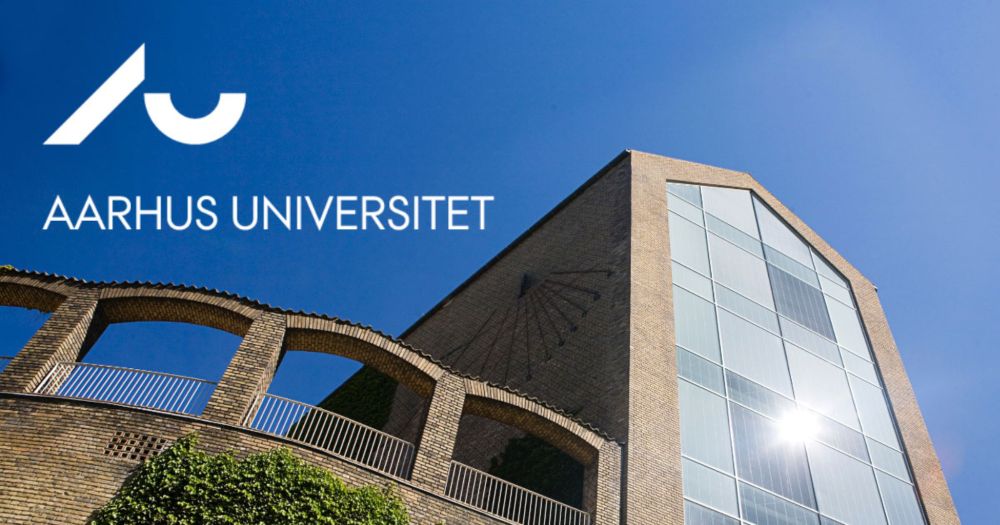
Reposted by: Felix Riede

Reposted by: Felix Riede, Alejandro Ordóñez
🐂 🪲🌿We are proud to present our important work on #novelecosystems. Give it a watch & find out how & why we study novel ecosystems to understand their impacts on #biodiversity and #biosphere functioning and how we can manage them for a better future 🦋🌿🌎
@dg.dk @aarhusuni.bsky.social
Reposted by: Felix Riede
Reposted by: Felix Riede
thejournal.cii.co.uk/2025/01/10/c...

Reposted by: Felix Riede
www.sciencedirect.com/science/arti...

Reposted by: Felix Riede, Siân E. Halcrow
The conference theme is 'Children and Climate Change' 🌏 Call for Papers and further information will be circulated soon #childhood #archaeology #history Please RT!
Reposted by: Felix Riede, Jesse M. Shapiro, David Leclère
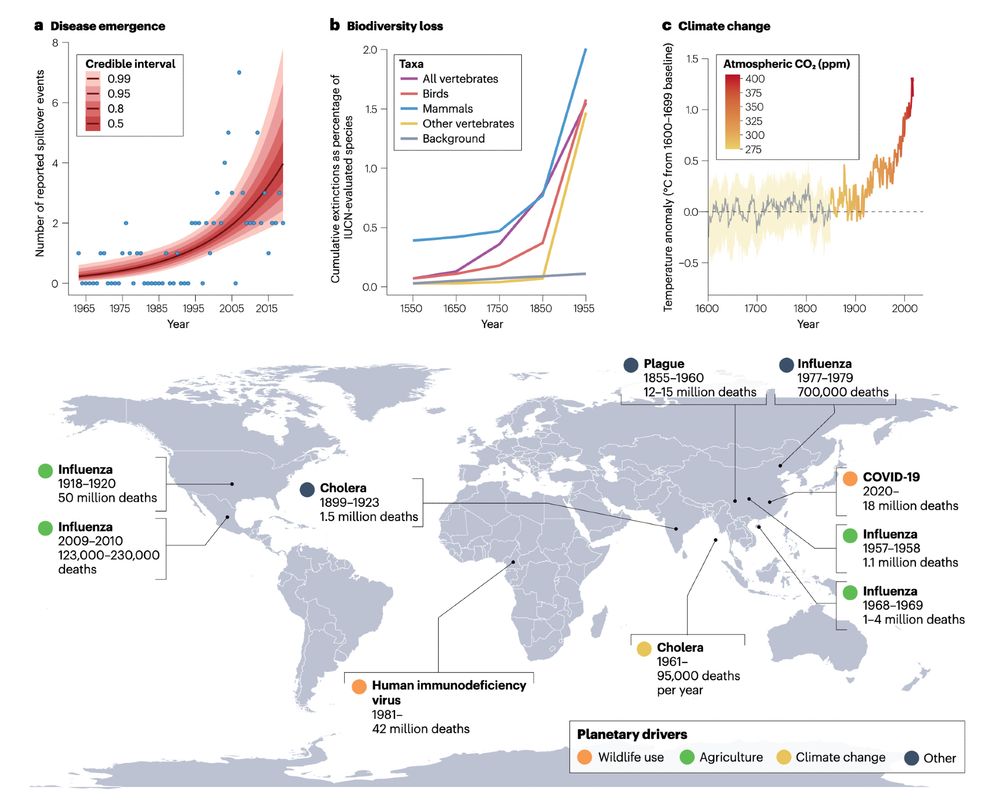
Reposted by: Felix Riede
www.elperiodico.com/es/sociedad/...
Reposted by: Felix Riede
by Felix Riede
Reposted by: Felix Riede, Jeremy Morris
aias.au.dk/events/show/...
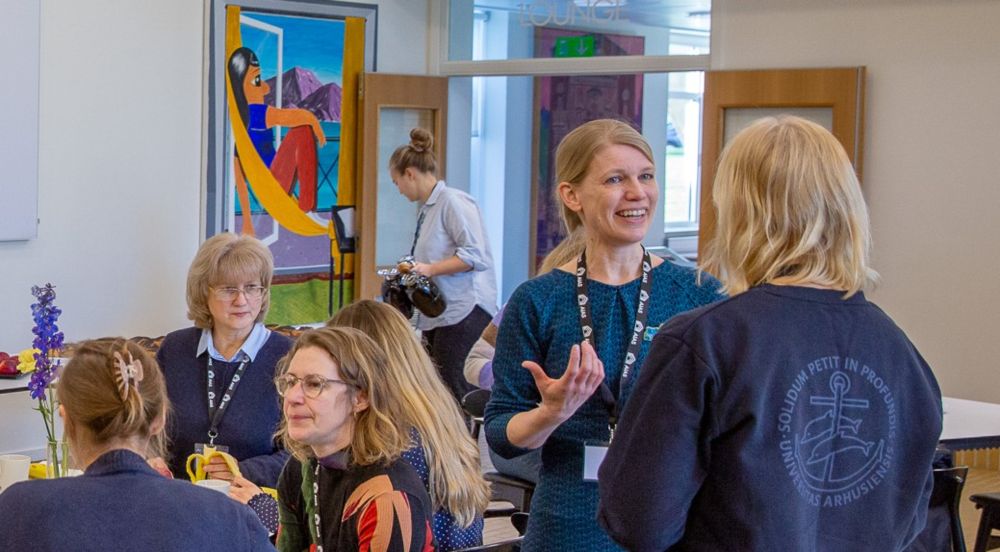
by Felix Riede
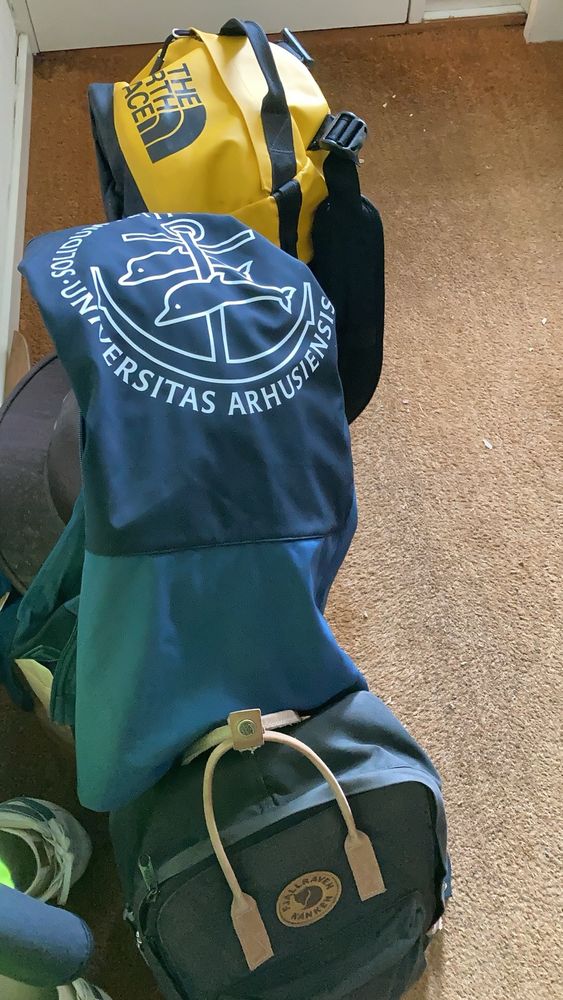
Reposted by: Felix Riede
The deadline for submitting an abstract for the upcoming @sscipchildhood.bsky.social conference has been extended to Thursday the 10th of April, 12 pm (GMT+2)
Note that online participation will also be an option
See more here: conferences.au.dk/sscip-2025/c...
by Felix Riede — Reposted by: Felix Riede
Abstract deadline is April 4th!
conferences.au.dk/sscip-2025
by Felix Riede
